
Have they said, we the States? Have they made a proposal of a compact between States? If they had, this would be a confederation: It is otherwise most clearly a consolidated government.
Here is a revolution as radical as that which separated us from Great Britain. It is as radical, if in this transition our rights and privileges are endangered, and the sovereignty of the States be relinquished: And cannot we plainly see, that this is actually the case?
It is said eight States have adopted this plan. I declare that if twelve States and an half had adopted it, I would, with manly firmness, and in spite of an erring world, reject it. You are not to inquire how your trade may be increased, nor how you are to become a great and powerful people, but how your liberties can be secured; for liberty ought to be the direct end of your government.
Unfortunately, nothing will preserve it but downright force. Whenever you give up that force, you are inevitably ruined. I am answered by gentlemen, that, though I might speak of terrors, yet the fact was, that we were surrounded by none of the dangers I apprehended. I conceive this new government to be one of those dangers: it has produced those horrors which distress many of our best citizens. We are come hither to preserve the poor commonwealth of Virginia, if it can be possibly done: something must be done to preserve your liberty and mine. The Confederation, this same despised government, merits, in my opinion, the highest encomium: it carried us through a long and dangerous war; it rendered us victorious in that bloody conflict with a powerful nation; it has secured us a territory greater than any European monarch possesses: and shall a government which has been thus strong and vigorous, be accused of imbecility, and abandoned for want of energy? Consider what you are about to do before you part with the government.
I acknowledge that licentiousness is dangerous, and that it ought to be provided against: I acknowledge, also, the new form of government may effectually prevent it: yet there is another thing it will as effectually do — it will oppress and ruin the people.
My great objection to this government is, that it does not leave us the means of defending our rights, or of waging war against tyrants. It is urged by some gentlemen, that this new plan will bring us an acquisition of strength — an army, and the militia of the states. This is an idea extremely ridiculous: gentlemen cannot be earnest. This acquisition will trample on our fallen liberty. Let my beloved Americans guard against that fatal lethargy that has pervaded the universe. Have we the means of resisting disciplined armies, when our only defence, the militia, is put into the hands of Congress? The honorable gentleman said that great danger would ensue if the Convention rose without adopting this system. I ask, Where is that danger? I see none.
I address my most fervent prayer to prevent our adopting a system destructive to liberty. Let not gentlemen be told that it is not safe to reject this government. Wherefore is it not safe? We are told there are dangers, but those dangers are ideal; they cannot be demonstrated. To encourage us to adopt it, they tell us that there is a plain, easy way of getting amendments. When I come to contemplate this part, I suppose that I am mad, or that my countrymen are so. The way to amendment is, in my conception, shut.
What, sir, is the genius of democracy? Let me read that clause of the bill of rights of Virginia which relates to this: 3d clause: — that government is, or ought to be, instituted for the common benefit, protection, and security of the people, nation, or community. Of all the various modes and forms of government, that is best,which is capable of producing the greatest degree of happiness and safety, and is most effectually secured against the danger of mal-administration; and that whenever any government shall be found inadequate, or contrary to those purposes, a majority of the community hath an indubitable, unalienable, and indefeasible right to reform, alter, or abolish it, in such manner as shall be judged most conducive to the public weal.
This, sir, is the language of democracy — that a majority of the community have a right to alter government when found to be oppressive. But how different is the genius of your new Constitution from this! How different from the sentiments of freemen, that a contemptible minority can prevent the good of the majority! If, then, gentlemen, standing on this ground, are come to that point, that they are willing to bind themselves and their posterity to be oppressed, I am amazed and inexpressibly astonished.
You read of a riot act in a country which is called one of the freest in the world, where a few neighbors cannot assemble without the risk of being shot by a hired soldiery, the engines of despotism. We may see such an act in America.
A standing army we shall have, also, to execute the execrable commands of tyranny; and how are you to punish them? Will you order them to be punished? Who shall obey these orders? Will your mace-bearer be a match for a disciplined regiment? In what situation are we to be? The clause before you gives a power of direct taxation, unbounded and unlimited, exclusive power of legislation, in all cases whatsoever, for ten miles square, and over all places purchased for the erection of forts, magazines, arsenals, dockyards, &c. What resistance could be made? The attempt would be madness. You will find all the strength of this country in the hands of your enemies; their garrisons will naturally be the strongest places in the country. Your militia is given up to Congress, also, in another part of this plan: they will therefore act as they think proper: all power will be in their own possession. You cannot force them to receive their punishment: of what service would militia be to you, when, most probably, you will not have a single musket in the state?
The distinction between a national government and a confederacy is not sufficiently discerned. Had the delegates, who were sent to Philadelphia, a power to propose a consolidated government instead of a confederacy? Were they not deputed by states, and not by the people? The assent of the people, in their collective capacity, is not necessary to the formation of a federal government.
Are the people, therefore, in their aggregate capacity, the proper persons to form a confederacy? This, therefore, ought to depend on the consent of the legislatures, the people having never sent delegates to make any proposition for changing the government. Yet I must say, at the same time, that it was made on grounds the most pure; and perhaps I might have been brought to consent to it so far as to the change of government. But there is one thing in it which I never would acquiesce in. I mean, the changing it into a consolidated government, which is so abhorrent to my mind.
But now, sir, the American spirit, assisted by the ropes and chains of consolidation, is about to convert this country into a powerful and mighty empire. If you make the citizens of this country agree to become the subjects of one great consolidated empire of America, your government will not have sufficient energy to keep them together. Such a government is incompatible with the genius of republicanism. There will be no checks, no real balances, in this government. What can avail your specious, imaginary balances, your rope-dancing, chain-rattling, ridiculous ideal checks and contrivances?
Consider our situation, sir: go to the poor man, and ask him what he does. He will inform you that he enjoys the fruits of his labor, under his own fig-tree, with his wife and children around him, in peace and security. Go to every other member of society, — you will find the same tranquil ease and content; you will find no alarms or disturbances. Why, then, tell us of danger, to terrify us into an adoption of this new form of government? And yet who knows the dangers that this new system may produce? They are out of the sight of the common people: they cannot foresee latent consequences. I dread the operation of it on the middling and lower classes of people: it is for them I fear the adoption of this system.
I see great jeopardy in this new government. I see none from our present one.
The clause under consideration gives an unlimited and unbounded power of taxation. Suppose every delegate from Virginia opposes a law laying a tax; what will it avail? They are opposed by a ma–jority; eleven members can destroy their efforts: those feeble ten cannot prevent the passing the most oppressive tax law; so that, in direct opposition to the spirit and express language of your declaration of rights, you are taxed, not by your own consent, but by people who have no connection with you.
In this scheme of energetic government, the people will find two sets of tax-gatherers — the state and the federal sheriffs. This, it seems to me, will produce such dreadful oppression as the people cannot possibly bear. The federal sheriff may commit what oppression, make what distresses, he pleases, and ruin you with impunity; for how are you to tie his hands? Have you any sufficiently decided means of preventing him from sucking your blood by speculations, commissions, and fees?
I would rather infinitely — and I am sure most of this Convention are of the same opinion — have a king, lords, and commons, than a government so replete with such insupportable evils. If we make a king, we may prescribe the rules by which he shall rule his people, and interpose such checks as shall prevent him from infringing them; but the President, in the field, at the head of his army, can prescribe the terms on which he shall reign master, so far that it will puzzle any American ever to get his neck from under the galling yoke.
This, sir, is my great objection to the Constitution, that there is no true responsibility — and that the preservation of our liberty depends on the single chance of men being virtuous enough to make laws to punish themselves.
The history of Switzerland clearly proves that we might be in amicable alliance with those states without adopting this Constitution. Switzerland is a confederacy, consisting of dissimilar governments. This is an example which proves that governments of dissimilar structures may be confederated. That confederate republic has stood upwards of four hundred years; and, although several of the individual republics are democratic, and the rest aristocratic, no evil has resulted from this dissimilarity; for they have braved all the power of France and Germany during that long period.
Permit me, sir, to say, that a great majority of the people, even in the adopting states, are averse to this government. I believe I would be right to say, that they have been egregiously misled. Pennsylvania has, perhaps, been tricked into it. If the other states who have adopted it have not been tricked, still they were too much hurried into its adoption.








 Reply With Quote
Reply With Quote



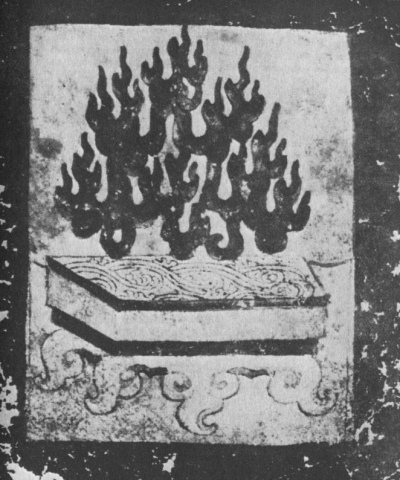

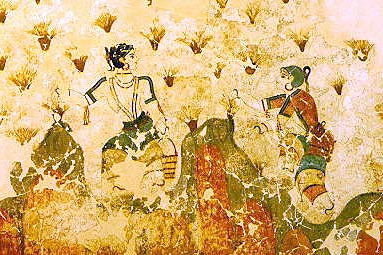









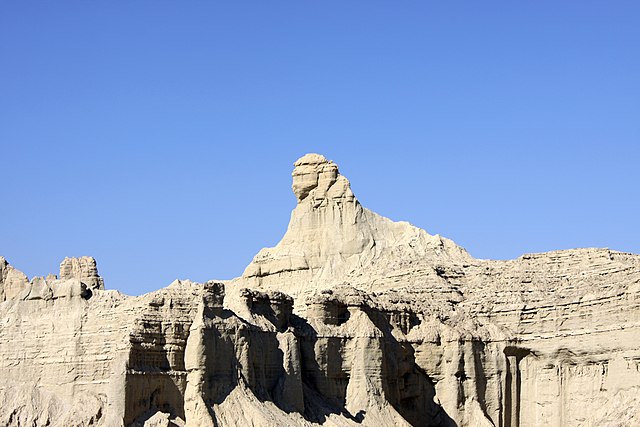

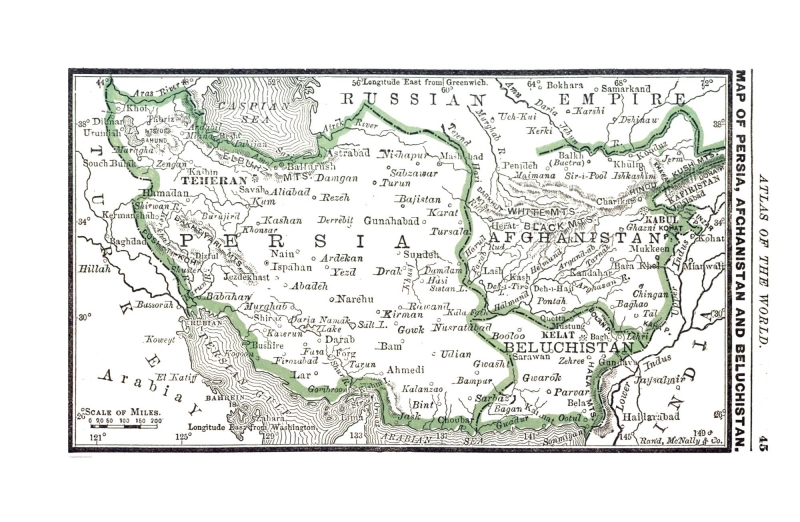
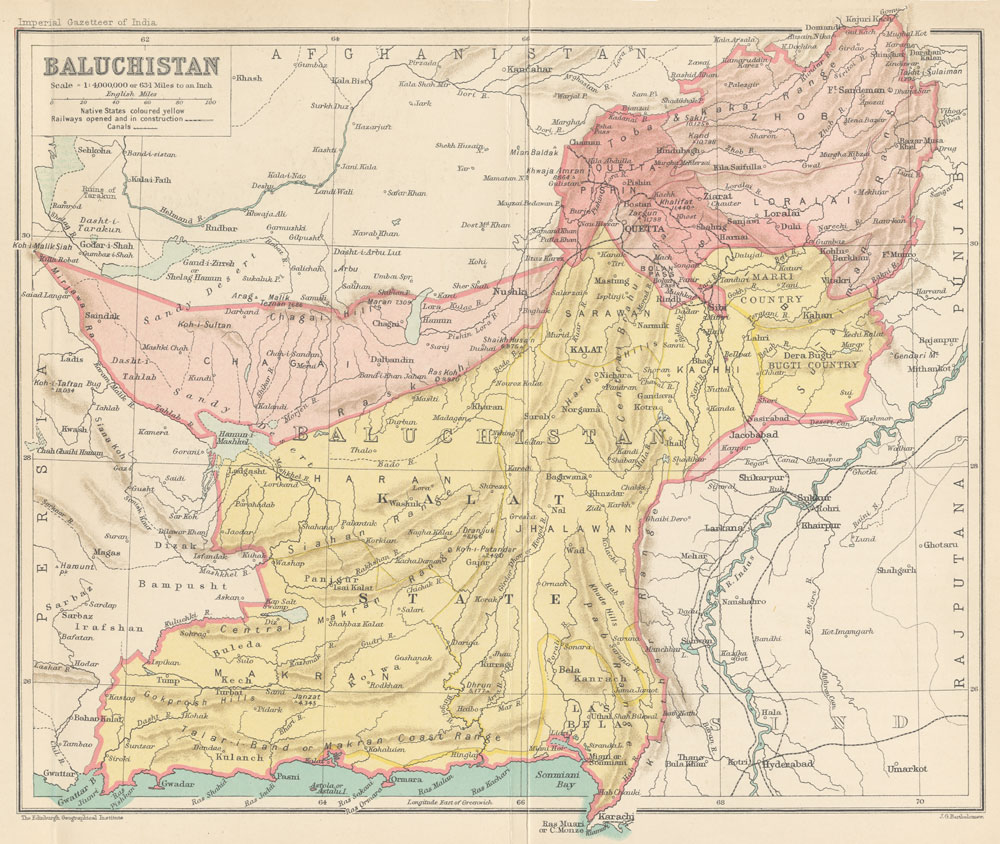




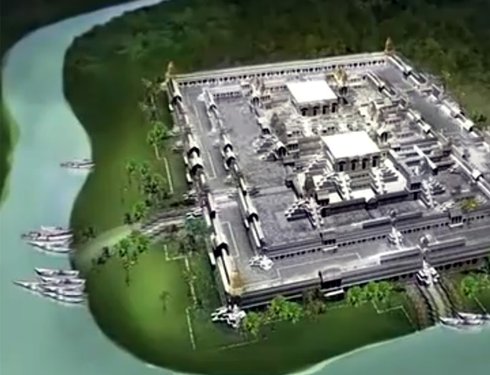

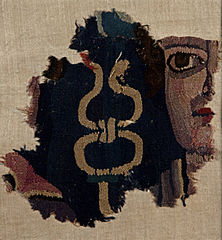
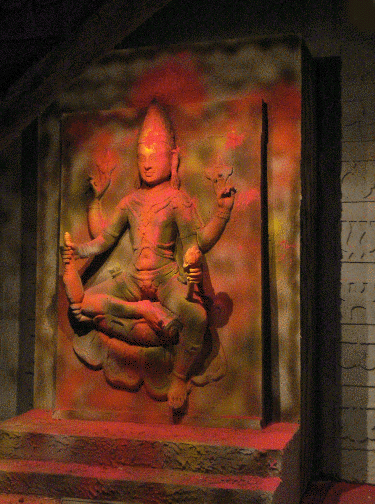
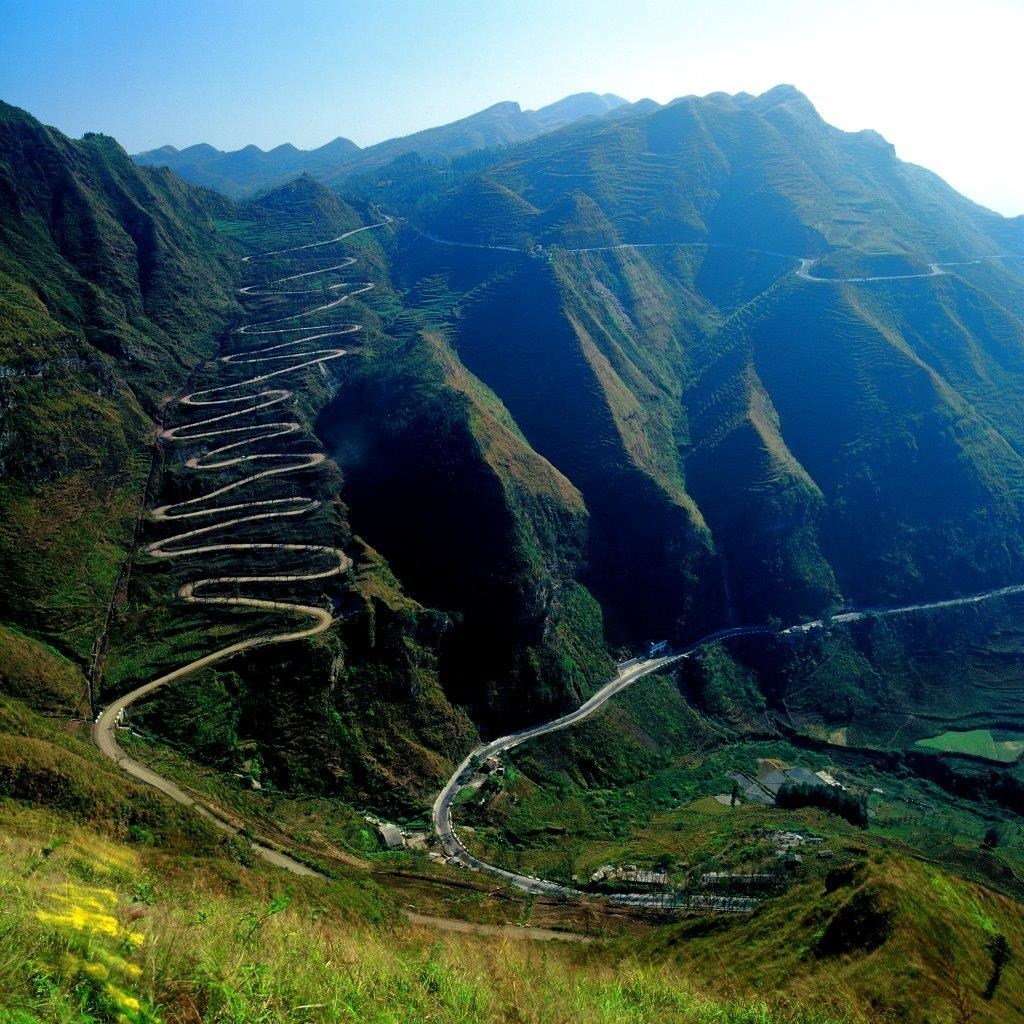

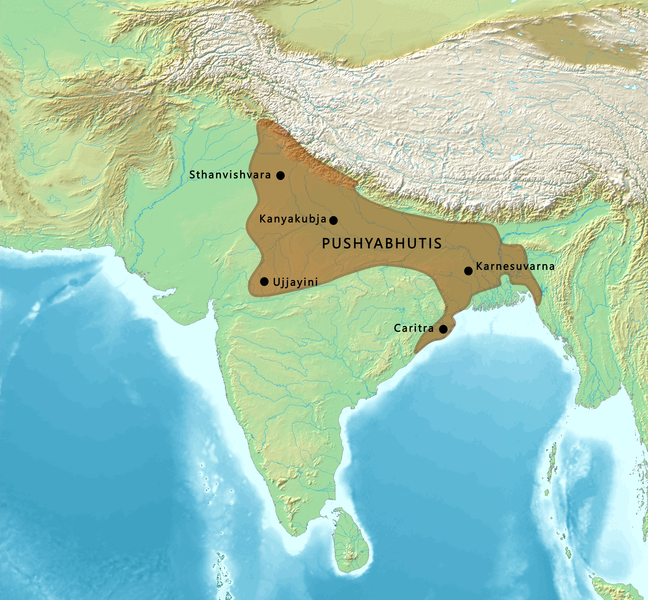








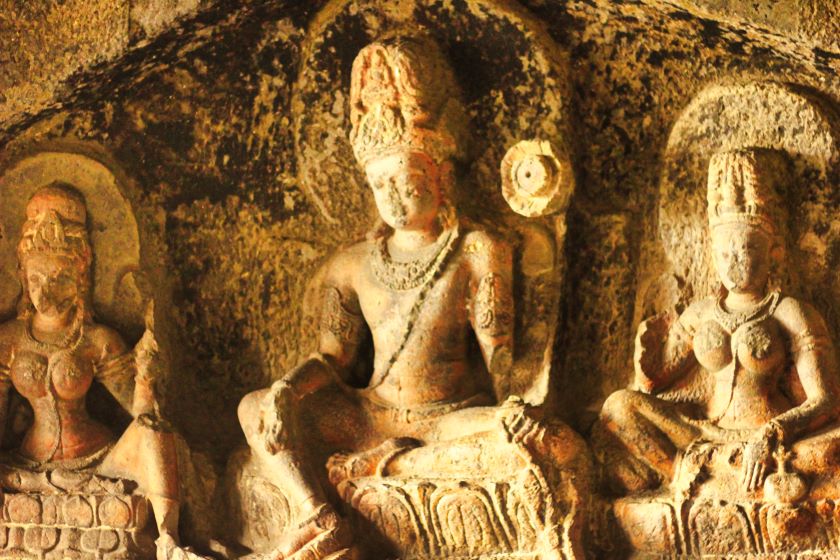
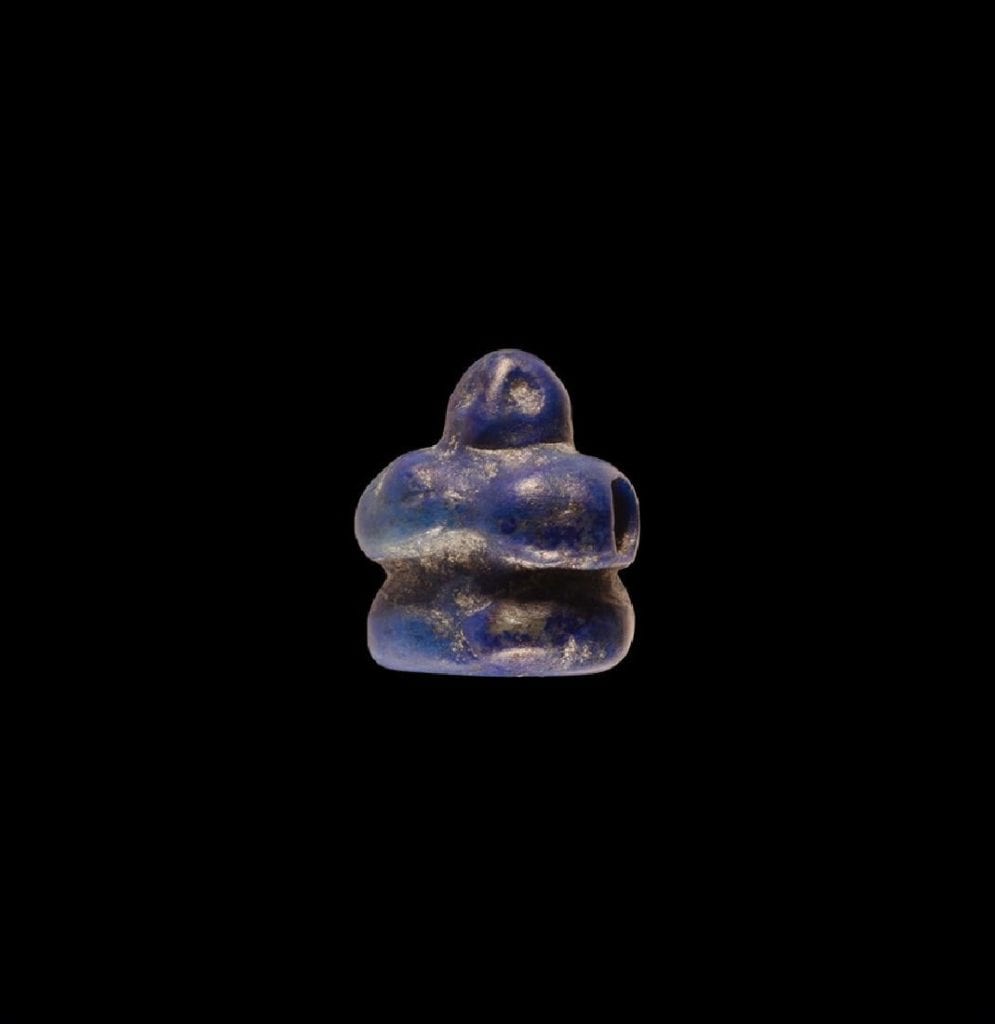
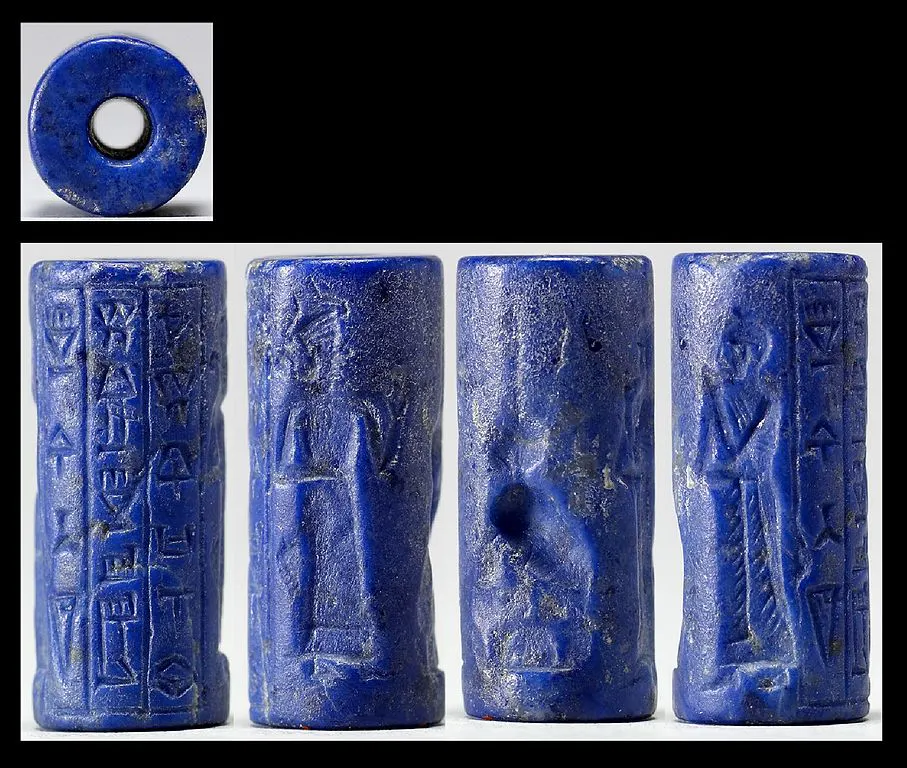






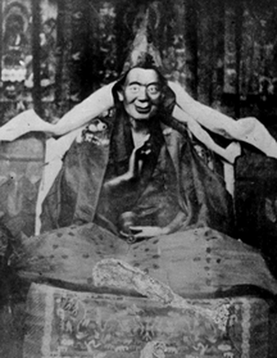

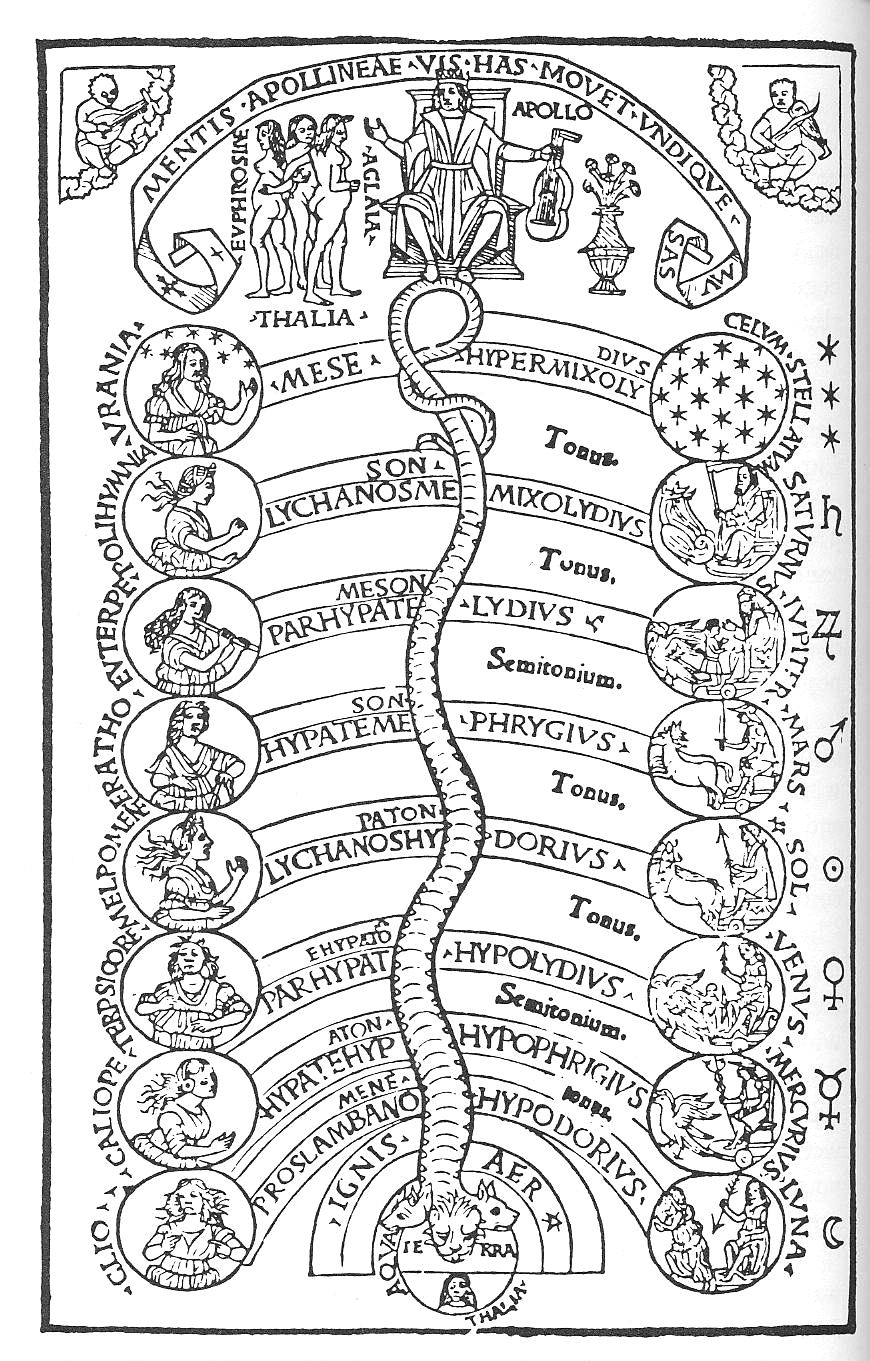

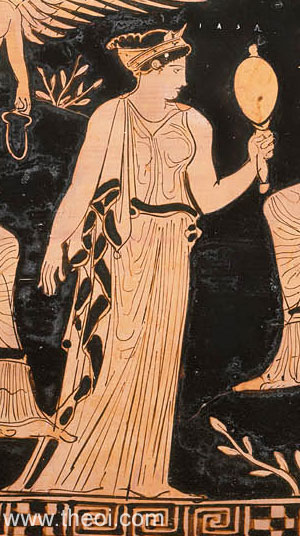


Bookmarks